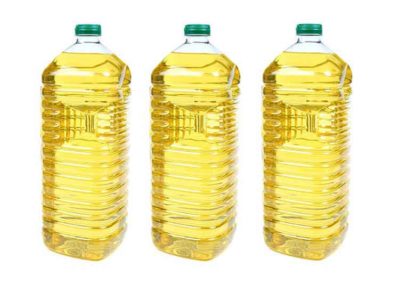Vetch

Product Info
General Information
The term Vetch is used to describe many species belonging to the genus Vicia. Although the genus is very large and includes Faba Beans (Vicia faba) and Narbon Beans (Vicia narbonensis), in general usage the term Vetch describes a large group of prostrate or trailing species than have been used for fodder (hay crops) or occasionally for grain.
Vetches are used as a disease break crop in the rotation, grain crops, grain for stockfeed, hay production and for green manuring and dry grazing.
Grain Vetch have been grown across the lower to mid rainfall cereal areas. They are relatively slow growing in winter but have prolific spring growth. Pods are buff coloured, narrow and usually around 50 mm long with prominent seeds. In each pod there are usually 6 to 8 pillow shaped seeds with a mottled brown seed coat. When split the seed colour varies from white/ beige to orange, depending on the variety.
Many species of Vetch have been cultivated for forage and seed, however in Australia the most common species are:
- Common Vetch (Vicia sativa) Languedoc, Blanchefleur, Morava
- Purple Vetch (Vicia benghalensis) Popany, Early Popany
- Woolly-pod Vetch (Vicia vollosa) Namoi
Nutritional Information
Vetch grain has a high protein content, ranging from 28 – 30% and therefore is primarily used as stockfeed.
However both Namoi and Popany Vetch grain contain high levels of L-canavanine and under no circumstances should they be fed without processing to remove the toxin. Consumption of V. villosa grain was recently responsible for the death of ten cattle in Inverell so although it is suitable as forage for ruminants once the residual level of canavanine from the cotyledons in the above ground parts has diminished, care needs to be taken where the seed is concerned. Only V. sativa grain is suitable for pigs. It should be fed at no more than 10% of the ration and only then when the cyanoalanine toxin content is less than 1.1% of the grain.


